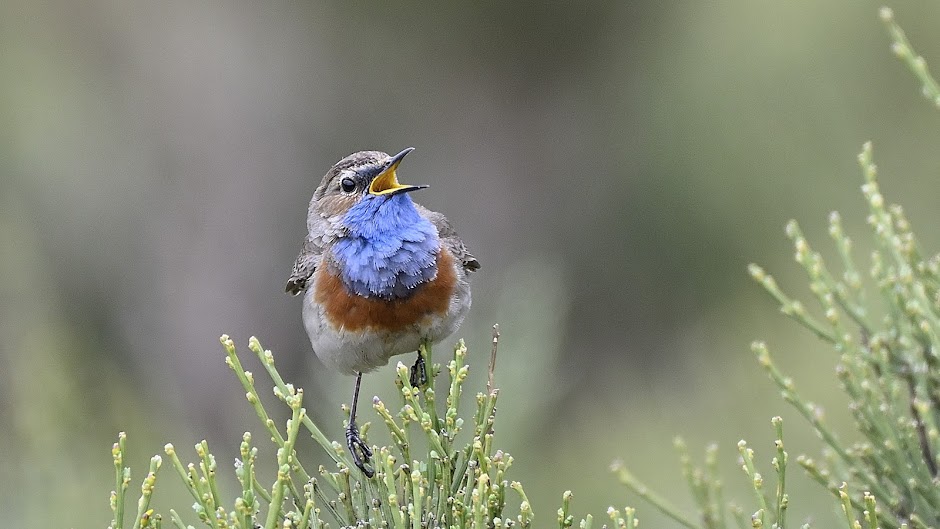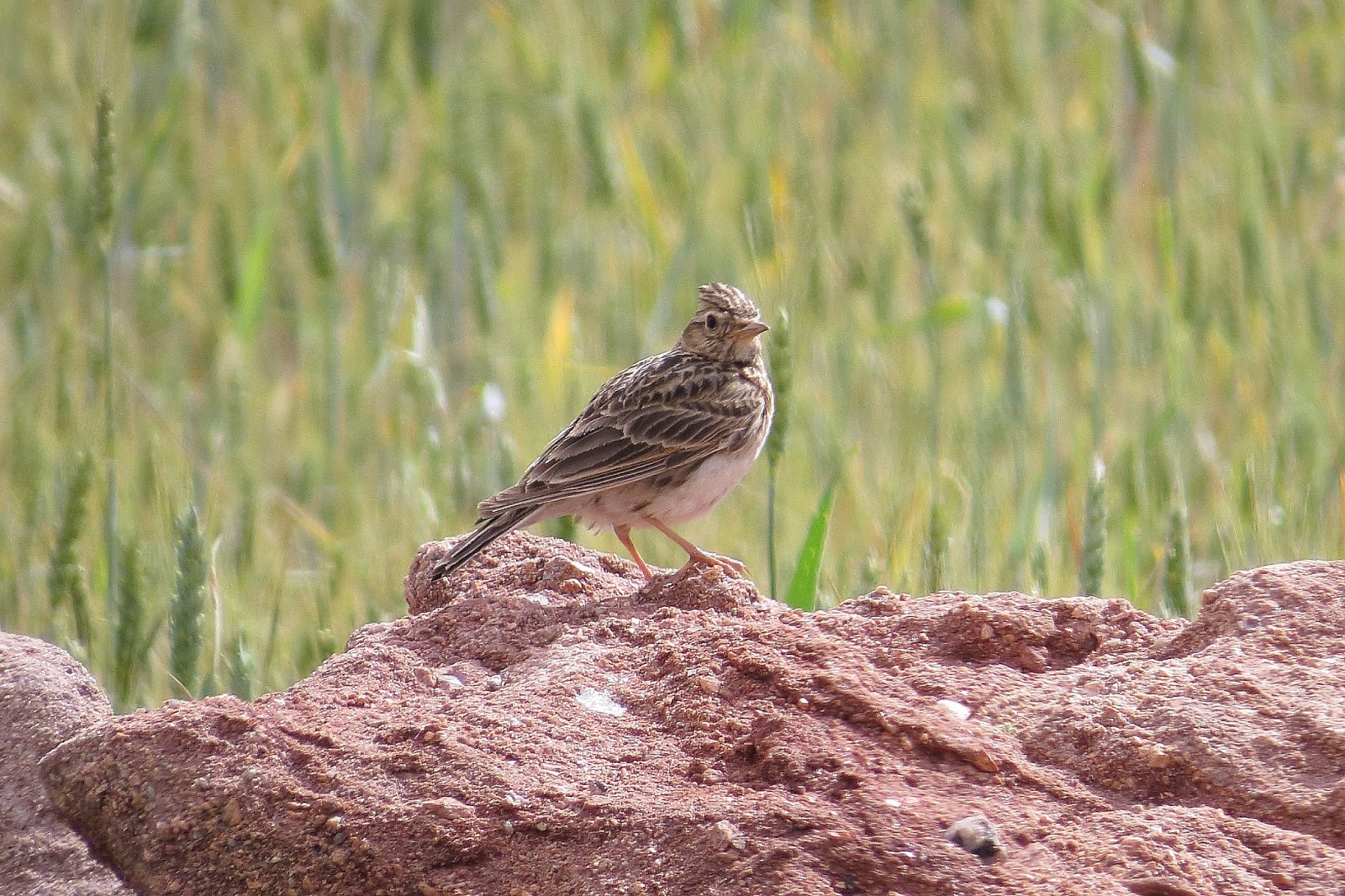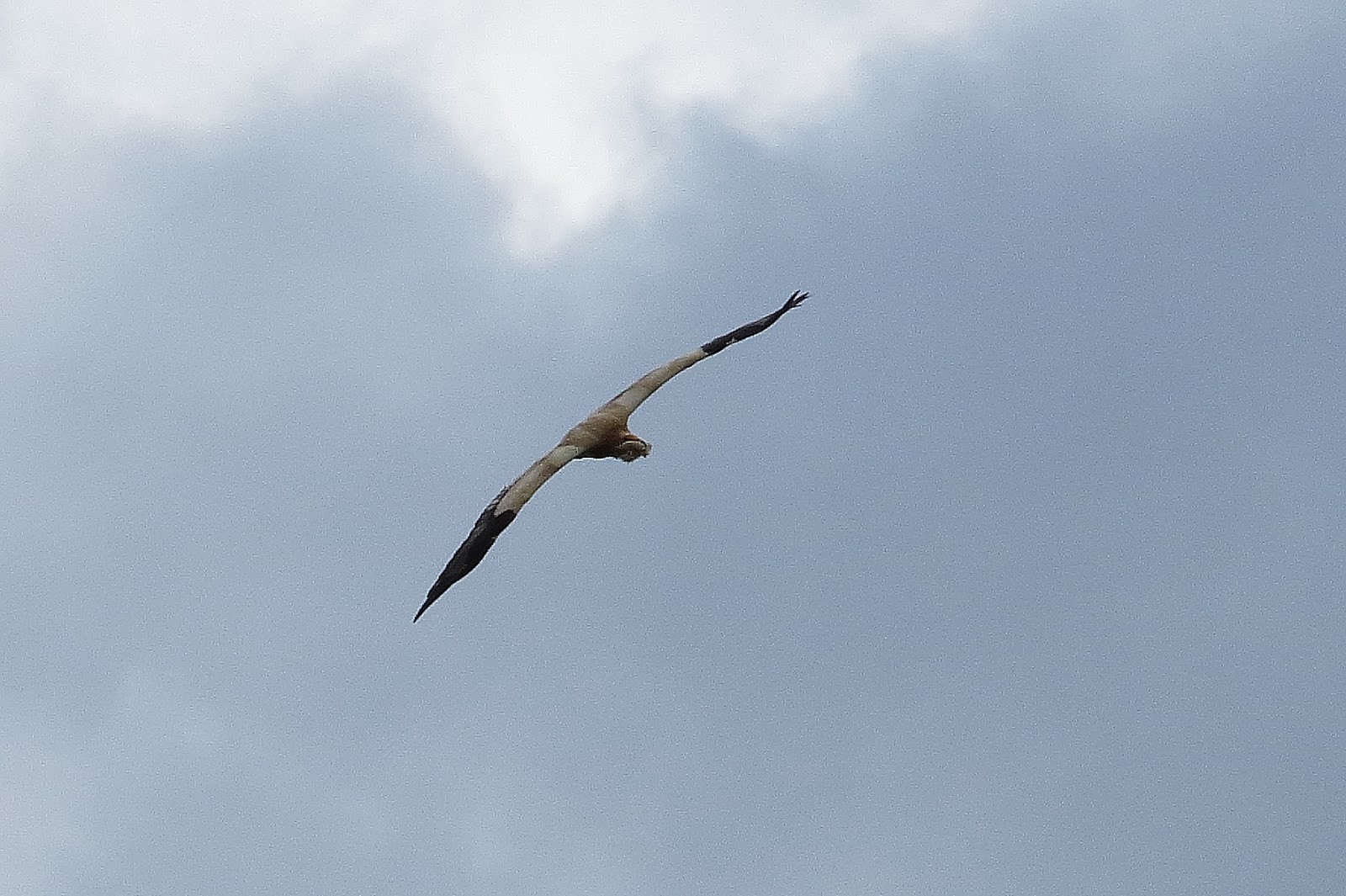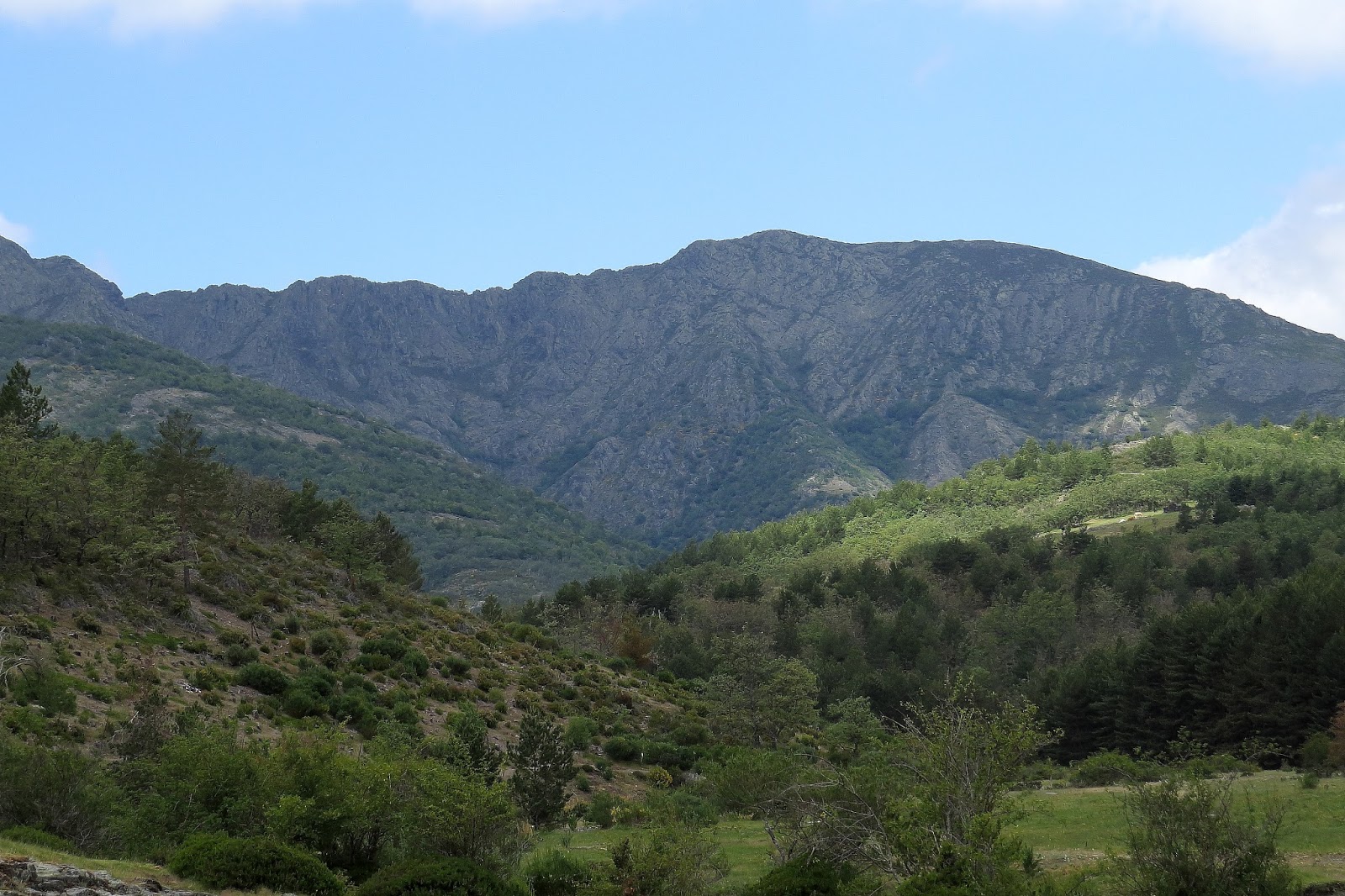Hola una vez más.
Hello one more time.
Esta vez os muestro algunas de las aves vistas en este maravilloso lugar y los alrededores del Hayedo de Tejera Negra. Desde el 22 de marzo de 2011 pertenece al Parque Natural de la Sierra Norte de Guadalajara. Tiene una extensión aproximada de unas 400 hectáreas y es uno de los hayedos mas meridionales de Europa. Junto con las hayas (Fagus sylvatica) se pueden observar pinos silvestres (Pinus sylvestris), robles melojos (Quercus pyrenaica), abedules (Betula pendula), tejos (Taxus baccata), serbales de los cazadores (Sorbus aucuparia), etc.
This time I show you some of the birds seen in this wonderful place and surroundings of Tejera Negra Beech Forest. From March 22nd, 2011 belongs to the Natural Park of the Sierra Norte de Guadalajara. It has an area of approximately 400 hectares and is one of the most southern Beech Forest in Europe. Along with European Beeches can be seen Scots Pines, Pirenean Oaks, Silver Birchs, European Yews, Rowans, etc.
El tiempo no fue muy bueno pues estuvo nublado gran parte del día y con algo de neblina lo que se puede ver en las fotos que os muestro. No obstante es un lugar especialmente bonito y en el otoño la mezcla de colores de los árboles de hoja caduca con los pinos silvestres es inolvidable.
The weather was not very good because it was cloudy most of the day with some mist as you can apreciate in the fhotos that I show. However, it is a particularly beautiful place and the autum colors of deciduous trees mixed with the Scots pines is unforgettable.
En nuestro camino hacia al hayedo pudimos contemplar:
On our way to the Beech Forest we could watch:
Aguila calzada (Aquila
pennata) fase clara.
Booted
Eagle white phase.
Macho de escribano soteño (Emberiza
cirlus).
Cirl
Bunting male.
Algunos machos de alcaudones dorsirrojos (Lanius
collurio).
Several males of Red-backed
Shrike.
Alondra común (Alauda arvensis).
Sky Lark.
Milano real (Milvus
milvus).
Red Kite.
Y ya en los alrededores del hayedo:
And in the surroundings of the beech forest:
Pardillo común (Carduelis
cannabina).
Linnet.
Muchas collalbas grises (Oenanthe
oenanthe). En la foto un macho.
Many Northern Wheatear. Pictured a male.
Un adulto y un subadulto de alimoche común (Neophron
percnopterus) recogiendo lana para sus nidos.
An adult and a subadult of Egyptian Vulture collecting wool for their nests.
Alcaudón real meridional (Lanius
meridionalis).
Southern
Grey Shrike.
Cigüeña blanca (Ciconia
ciconia).
White
Stork.
Zorzal charlo (Turdus
viscivorus).
Mistle
Thrush.
Ya en el aparcamiento del Hayedo se podía contemplar la belleza de este espacio protegido.
Once in the parking of the Beech Forest you could contemplate the beauty of this protected area.
Dentro del bosque era casi imposible sacar fotos a las aves que en él vimos debido a su frondosidad. En la foto un macho de verdecillo (Serinus
serinus).
Within the forest it was almost impossible take pictures of the birds that we saw in it because of its dense foliage. In the picture a male of European Serin.
Había algunos claveles salvajes o clavelinas (Genero Dianthus).
There were some Wild Carnations.
Arroyo de agua cristalina y fría.
Stream of clear and cold water.
Herrerillo capuchino (Lophophanes
cristatus).
Crested Tit.
Había bastantes dedaleras (Digitalis purpurea).
There were quite a few of Common Foxglove.
Una pareja de totovías (Lullula
arborea).
A pair of Wood Larks.
Una más.
Another one.
Este solitario serbal del cazador (Sorbus aucuparia) llamó mi atención.
This solitary Rowan caught my attention.
Acentor común (Prunella
modularis).
Dunnock.
Una bonita mariposa blanca del majuelo (Aporia crataegi).
A pretty Black-veined White Butterfly.
Puente sobre un arroyo.
Bridge over a stream.
Las jaras hoja de laurel (Cistus laurifolius) estaban a punto de florecer.
The Laurel-leaved Rock Rose were about to bloom.
Un macho de pinzón vulgar (Fringilla
coelebs).
A male of Common
Chaffinch.
Carbonero común (Parus
major).
Great Tit.
Carbonero Garrpinos (Periparus
ater).
Coal Tit.
Un joven de busardo ratonero (Buteo buteo).
A juvenile of Common
Buzzard.
Antes de regresar a Madrid decidimos tomárnoslo con calma y seguir pajareando por los alrededores del Parque Natural y estas son algunas de las aves vistas: En la foto una abubilla europea (Upupa
epops).
Before returning to Madrid we decided to take it easy and go birding by the surroundings of the Natural Park and these are some of the birds seen: Pictured an Eurasian Hoopoe.
Un joven de collalba gris (Oenanthe
oenanthe).
A juvenile of Northern
Wheatear.
Estuvimos un rato entretenidos viendo como este alimoche común (Neophron
percnopterus) levantaba las cacas de las vacas en busca de insectos que comer.
We were entertained for a while seeing as this Egyptian Vulture raised cows poop in search of insects to eat.
Un bonito macho de collalba gris (Oenanthe oenanthe).
A lovely male of Northern
Wheatear.
Y no muy lejos estaba esta preciosa hembra.
And not far away was this beautiful female.
Jóvenes de cornejas negras (Corvus
corone).
Juveniles of Carrion
Crow.
Tarabilla europea (Saxicola rubicola) macho.
Common
Stonechat male.
Busardo ratonero (Buteo buteo).
Common
Buzzard.
Alcaudón real meridional (Lanius
meridionalis).
Southern
Grey Shrike.
Cuervos (Corvus
corax).
Common
Ravens.
Alcaudón común (Lanius
senator).
Woodchat
Shrike.
Vimos muchas collabas grises (Oenanthe oenanthe). En la foto una hembra.
We saw many Northern Wheatears. In the photo a female.
Una reunión de cornejas negras (Corvus corone).
A meeting of Carrion Crows.
Jilgueros europeos (Carduelis
carduelis).
Goldfinches.
Me sorprendió la cantidad de alcaudones dorsirrijos (Lanius
collurio) que vimos durante todo el día. Eran más abundantes que las otras dos especies de Alcaudones. En las fotos algunos machos pues solo vimos una hembra que no pude fotografiar.
I was surprised by the amount of Red-backed Shrike we saw throughout the day. They were more abundant than the other two species of Shrikes. In the fotos several males as we only saw a female that I could not photographed.
Otro macho de collalba gris (Oenanthe oenanthe).
Another male of Northern Wheatear.
Un inesperado macho de roquero rojo (Monticola
saxatilis). Lo digo por que el lugar donde estaba no había roquedos cerca y estaba en un páramo de molinos de viento sin roca alguna.
An unexpected male of Rock Thrush. I say this because there was no crags close by and it was in a moorland of windmills without rocks.
Otro macho muy cerca del primero que a falta de rocas donde posarse utilizaban los arbustos.
Another male close to the first that in the absence of rocks it was using shrubs as perching places.
Vimos también algún bisbita campestre (Anthus
campestris).
We also saw some Tawny Pipits.
Y como fin del viaje os dejo con esta imagen de un aguilucho lagunero occidental (Circus
aeruginosus) macho que sobrevolaba los campos de cereal.
And as end of the trip I leave you with this image of a male Marsh Harrier flying over fields of cereal.
Hasta pronto.
See you soon.






































































